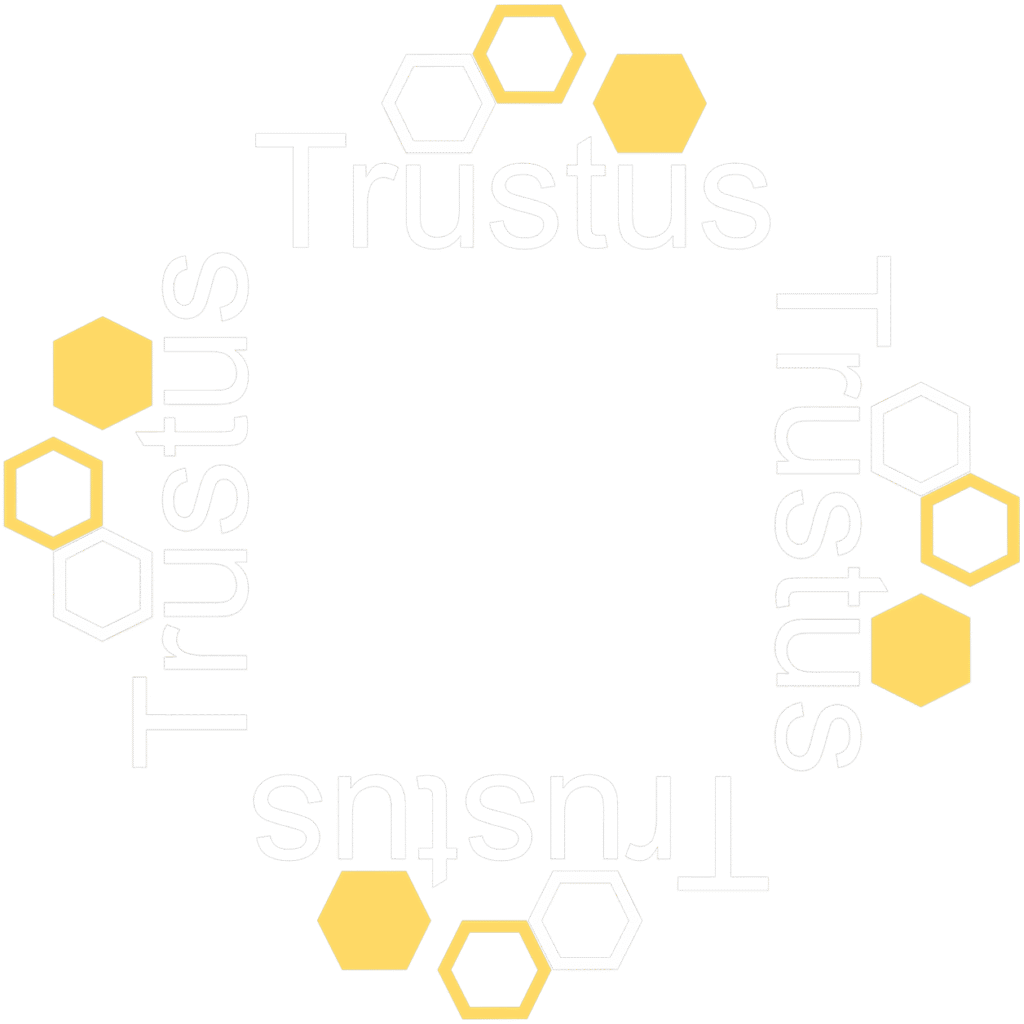AAM Service Management
Trustus Service Management (SM) is the security process and set of tools that controls and monitors which users (or non-human entities like services) can access specific applications and the resources within them in an organization's IT environment.
It functions as a critical component of the broader Trustus Application Access Management (AAM) platform, with a central focus on managing the lifecycle and status of application access.
The core of Trustus SM is to manage access performance criteria related to the immediate and enduring status of a user’s permissions, specifically handling the following functions:
Temporary Revocation of Application Access
Triggering Scenarios (The Why)
Immediate, high-stakes security and operational events:
Identified or Suspected Breach: If a user's account shows anomalous activity (e.g., login from an unusual location, mass data download), access is immediately revoked across all applications to stop an in-progress attack and prevent lateral movement.
Lost or Compromised Device: An employee reports losing a device (laptop, phone) used for service access. Access is revoked instantly to prevent the finder/thief from using cached credentials or sessions.
Routine Maintenance: During scheduled downtime for critical application maintenance or upgrades, access is temporarily revoked for all non-essential users to ensure data integrity and a clean deployment environment.
Key Characteristics (The What)
Immediate & Real-Time: Can be executed instantly for one to many users to contain a threat or enforce a maintenance window.
Preservation: The underlying user account and long-term permissions remain intact, allowing for a swift "all-clear" reinstatement.
Context-Driven: Access is cut until the device is confirmed as wiped or the user can authenticate from a known, secure device.
Permanent Revocation of Application Access
Triggering Scenarios (The Why)
Definitive, end-of-lifecycle events where trust is fully terminated:
Employee Termination: When an employee or contractor is terminated, their access to all applications must be immediately and permanently revoked as part of the off-boarding process to eliminate insider threat risk.
End of Vendor/Partner Contract: A non-employee entity (e.g., a service account or vendor user) reaches the end of its authorized contract period.
Key Characteristics (The What)
Final & Irreversible (for that identity): Access is terminated across the entire AAM platform.
Driven by HR Events: Typically triggered by an official change in Human Resources status.
Granted Privilege Enforcement: Ensures that access is not retained long after the job function or contract requires it.
Reinstatement of Application Access
Triggering Scenarios (The Why)
Verification and return-to-service scenarios:
"All Clear" after a Security Event: Following a temporary revocation due to a breach scare, the account is thoroughly audited, the device is confirmed secure, or the compromised credentials are reset and re-verified.
End of Maintenance Window: After routine maintenance is successfully completed and applications are confirmed operational, access is re-enabled for all users.
Key Characteristics (The What)
Policy-Verified: Access is only restored after a formal security or operational check has been completed.
Requires Verification: Ensures the root cause of the revocation (e.g., a lost phone) has been fully resolved before service is restored.
Seamless Return to Service: Allows users to resume work with minimal friction once the operational constraint is lifted.

